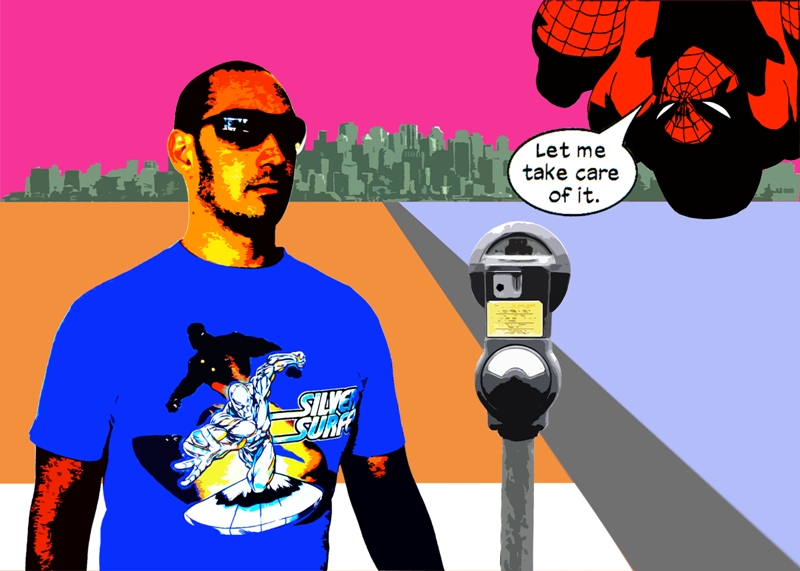ARTISTS Edith Amituanai, Lonnie Hutchinson, Sriwhana Spong, Kelcy Taratoa CURATOR Emma Budgen
2×2 Contemporary Projects presents young artists, two at a time: Edith Amituanai and Kelcy Taratoa (18 June–30 July 2006), Lonnie Hutchinson and Sriwhana Spong (5 August–24 September 2006).
Amituanai and Taratoa both explore portraiture and identity. Amituanai’s Mrs Amituanai is a series of documentary photos of friends and family, showing communal spaces in their homes that evince the relationship of migrant Samoan communities to suburban Auckland. The interiors often feature family photos, including dignified portraits marking communions and weddings. The Sagapolu Lounge (2006) and The Amituanai Lounge (2006) show the lounge in the artist's family home and the lounge in her husband’s, where she moved following their marriage. She calls the series Mrs Amituanai because, ‘when I got married in August this year, I became the first Mrs Amitunuanai in my husband’s household since his mother passed away fourteen years ago’.
Kelcy Taratoa’s stylised self portraits are lurid. His bright urban scenes are packed with pop imagery—superheroes, toys, motorway signs, and consumer brands. Episode 0014 (2006) finds the artist beside a parking meter with a dangling Spiderman offering ‘Let me take care of it’. Taratoa has Silver Surfer—a comic character he identifies with—on his t-shirt. Originally black, Silver Surfer’s memory was wiped and his body besieged by the technology of the evil alien Galactus. In Taratoa’s eyes, this is a metaphor for imperialism. In Spasifik magazine, he says: ‘The characters depicted confront internal identity struggles—internal identity struggles confront indigenous people.’ A flatscreen presents video footage of urban landscapes cut to music. On the white gallery floor, shiny white road markings are installed.
In the second instalment, Sriwhana Spong’s work Twin Oak Drive is named after a road that passes through Auckland’s Cornwall Park; it also nods to David Lynch’s Twin Peaks (1990) and to horror-films generally. Spong feels disconnected from her Balinese heritage, which she describes as ‘a glimmer of something fed to me through shadows and whispers’. Her work refers to Balinese rituals of offering goods to spirits. Visitors enter through a curtain of strung cigarettes. In a video on a small screen, a handheld camera drifts haphazardly around a dark landscape finding common food goods—like bananas, Coke bottles, and popcorn—in circular arrangements. In a projection on the opposing wall, totem-like structures have been fashioned out of other household objects. Spong's unnerving work endows commonplace items with spooky significance.
Every work in Lonnie Hutchinson’s Parallel Seductions is black. In old glass cabinets, she presents patterned, shield-like acrylic cutouts. They are numbered, suggesting museum registration numbers. Images of naked women, Ladies (2006)—taken from her small, expressive ink-drawing series Midnight en Mass (2003–4)—are blown up and rendered directly on the walls. They comment on the cultural and sexual politics that weigh down and disempower indigenous women. A video, Wet Black (2006), records Hutchinson making ink drawings.












































































































